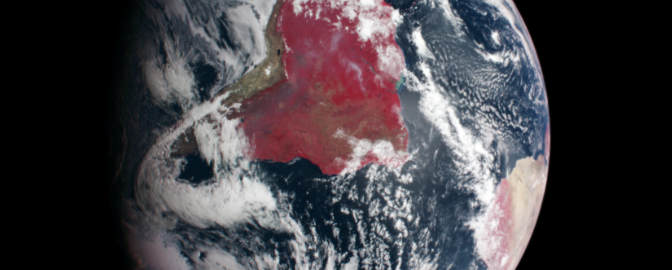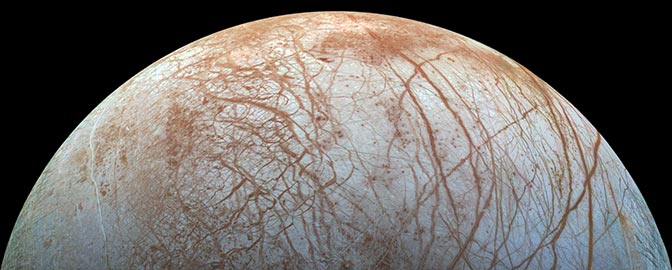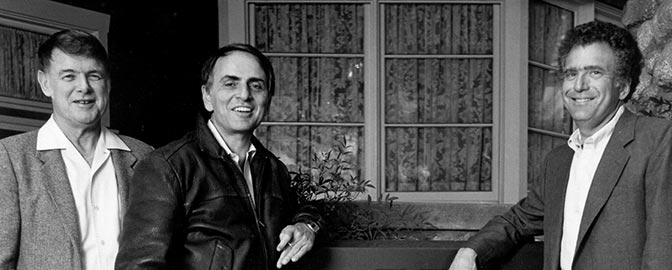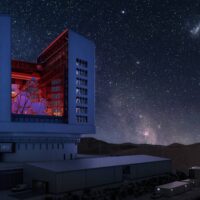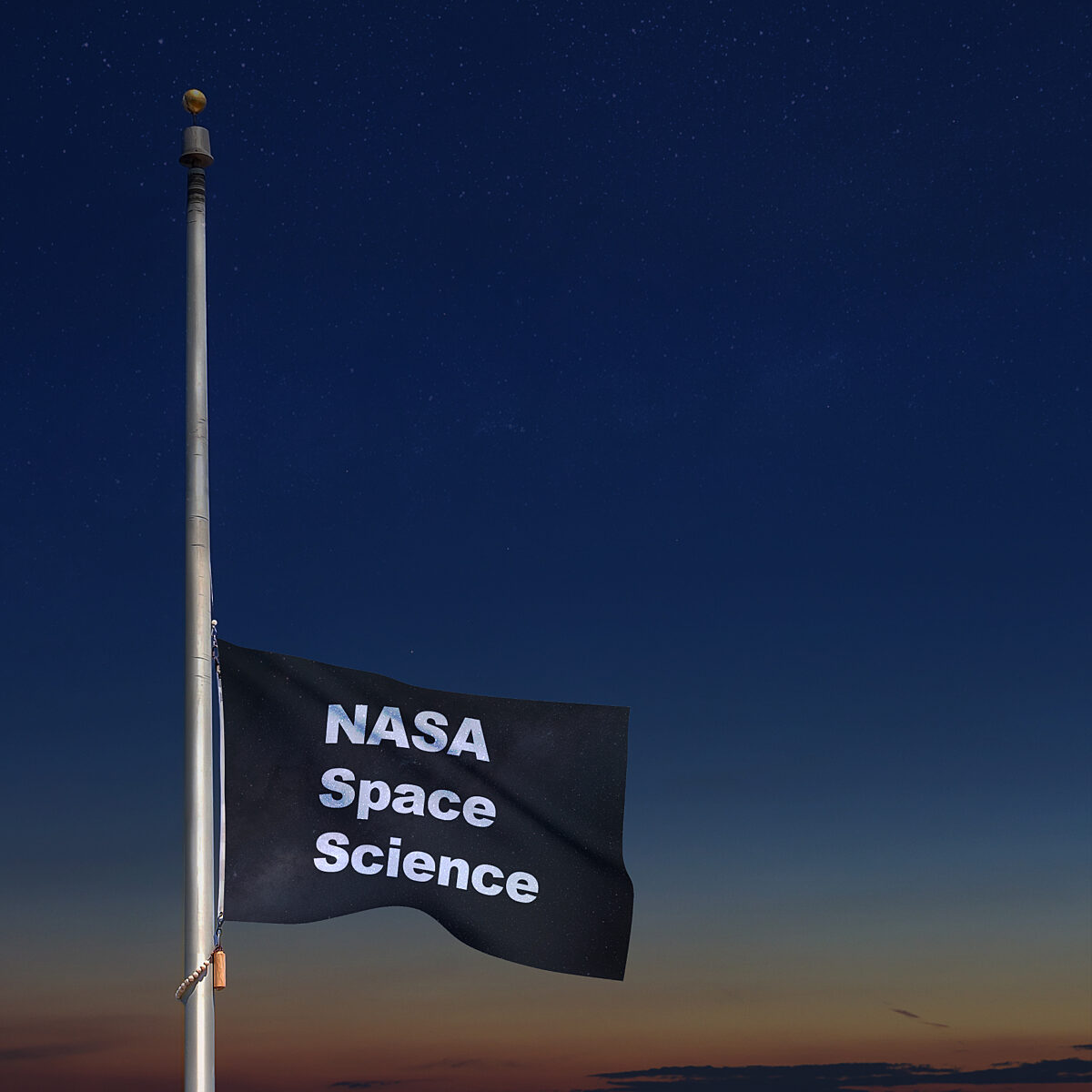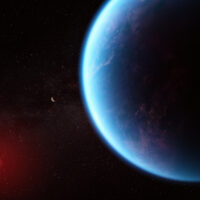Since 2002, Planetary Radio has visited with a scientist, engineer, project manager, advocate, or writer who provides a unique perspective on the quest for knowledge about our Solar System and beyond. The full show archive is available for free.
Search Planetary Radio
NASA’s Perseverance rover has found potential biosignatures in Jezero Crater’s Bright Angel formation. Host Sarah Al-Ahmed speaks with Joel Hurowitz, associate professor of geosciences at Stony Brook University and lead author of the new Nature paper, about this remarkable discovery.
Michael Roman, assistant professor at the Universidad Adolfo Ibáñez in Chile, joins Sarah Al-Ahmed to discuss new research confirming that Uranus radiates excess heat, finally resolving a decades-long mystery first sparked by Voyager 2.
JWST has uncovered silicate clouds and a dusty circumplanetary disk in the YSES-1 system. Kielan Hoch and Emily Rickman from the Space Telescope Science Institute join us to explore what these surprising findings reveal about young giant exoplanets.
Star Trek actors Robert Picardo and Tim Russ join Planetary Society staff members Ambre Trujillo and Andrew Pauly at STLV, a “Star Trek” convention, to explore how “Star Trek” inspires real-world space advocacy.
New Horizons Principal Investigator Alan Stern joins us to celebrate the Pluto flyby’s 10th anniversary, with updates from planetary scientist Adeene Denton and Planetary Society Director of Government Relations Jack Kiraly. Plus, a look at Arrokoth in What’s Up with Bruce Betts.
The Rubin Observatory releases its first public images, revealing millions of celestial objects. We explore the science with Stephanie Deppe, astronomy content strategist at Rubin Observatory.
The Giant Magellan Telescope advances toward construction with support from the National Science Foundation. Dr. Rebecca Bernstein joins us to explore how this groundbreaking observatory will transform our view of the universe.
The Fiscal Year 2026 congressional budget justification for NASA could mark the beginning of a dark age for NASA science. We examine what’s at stake and how you can help advocate for NASA’s future.
A Soviet-era Venus probe, Kosmos 482, spent 53 years in Earth's orbit before crashing back to the planet. Seismologist Ben Fernando explains its history, reentry, and how seismic technology could help track space debris.
Explore the atmosphere of TOI-270 d with planetary geochemist Chris Glein as he unravels the secrets of this distant sub-Neptune using JWST data and geochemical modeling.
Astrokobi joins Sarah Al-Ahmed to explore the rise of a new generation of space communicators. Plus, updates on NASA’s science budget and the confirmation process for the next NASA administrator.
NASA's science programs face a proposed 47% budget cut. We break down what's at risk and how you can take action to help protect space exploration.
Join Sarah Al-Ahmed and Casey Dreier for a special live recording of Planetary Radio at the Johns Hopkins University Bloomberg Center in Washington, D.C., immediately following The Planetary Society’s Day of Action.
Scott Sandford, co-investigator on OSIRIS-REx and a research scientist at NASA’s Ames Research Center, discusses the first published analyses of the Bennu sample, revealing insights into the early Solar System and the origins of life.
Amy Jurewicz, former project scientist for NASA’s Genesis mission, shares how the spacecraft survived a crash-landing and still reshaped our understanding of the solar wind and space weather.
Rocket Lab CEO Peter Beck outlines a $4B fixed-price plan for Mars Sample Return — and reveals new Venus mission details — before VP Richard French explains how a single, integrated team cuts costs and ensures success.
How did Pluto meet its largest moon, Charon? Adeene Denton, a research scientist at the University of Arizona, suggests a "kiss-and-capture" may solve this mystery.
We celebrate Ed Stone’s lasting legacy with the unveiling of the Dr. Edward Stone Exploration Trail at JPL.
Knicole Colón, the deputy project scientist for exoplanet science for JWST, joins Planetary Radio to discuss the detection of methane and carbon dioxide in the atmosphere of K2-18 b.
The Planetary Society team reviews the best space moments of 2024, from the China National Space Administration's return of samples from the far side of the Moon to the triumphant launch of NASA's Europa Clipper mission.


 Explore Worlds
Explore Worlds Find Life
Find Life Defend Earth
Defend Earth